Kabuki (歌舞伎) is a traditional Japanese theater form which became popular during the Edo period (1603-1868. It is recognized as one of Japan’s three major classical theaters along with noh (能)and bunraku (文楽)and has been named as a UNESCO Intangible Cultural Heritage.
The origins of kabuki can be traced back to 1603, more than 400 years ago, when it is believed to have been started by a woman named Kuni in Kyoto. The original Kabukiza theatre (1889-1911) in Tokyo’s Ginza area was rebuilt several times and the present Kabukiza was reconstructed and reopened in April 2013.
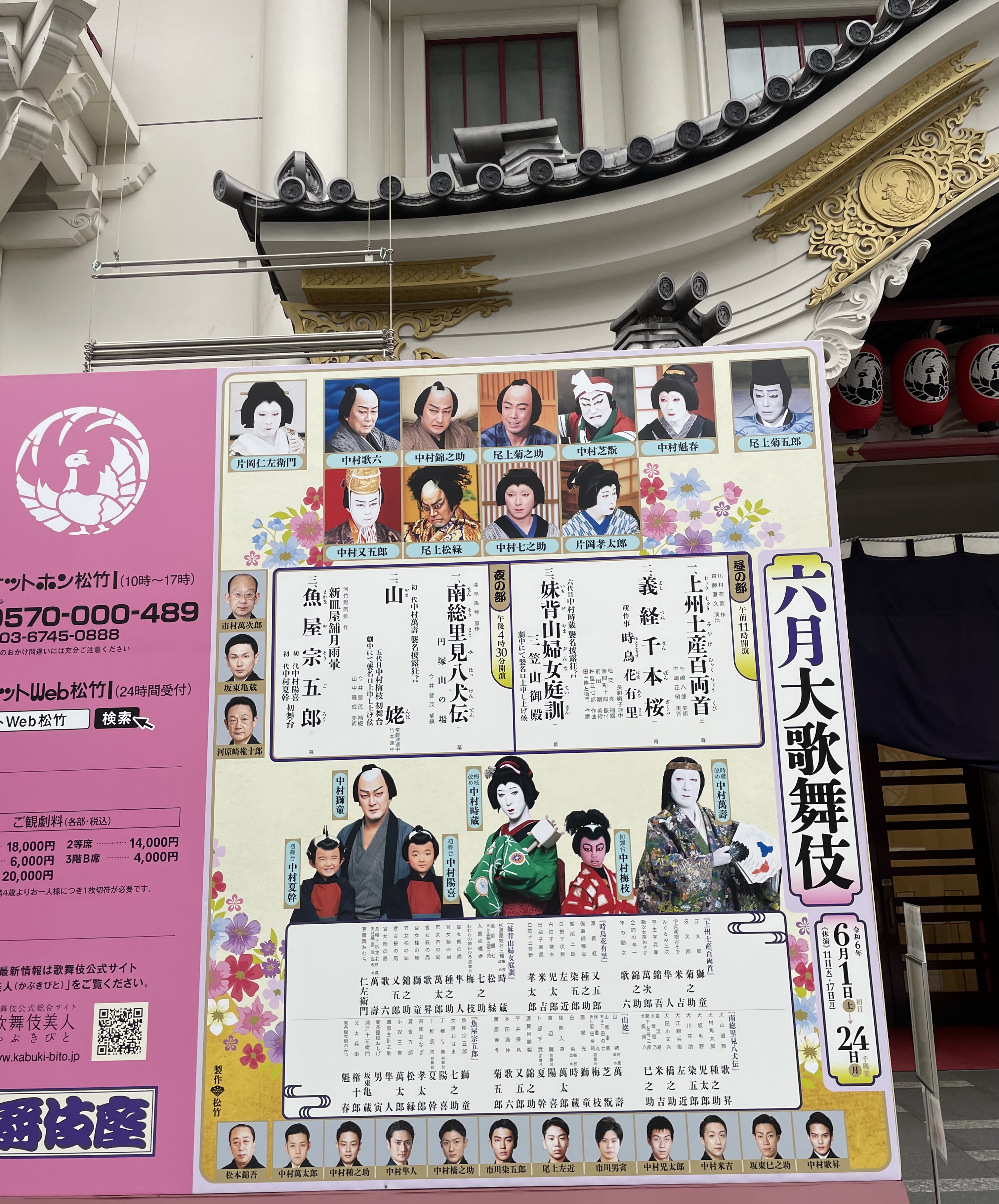
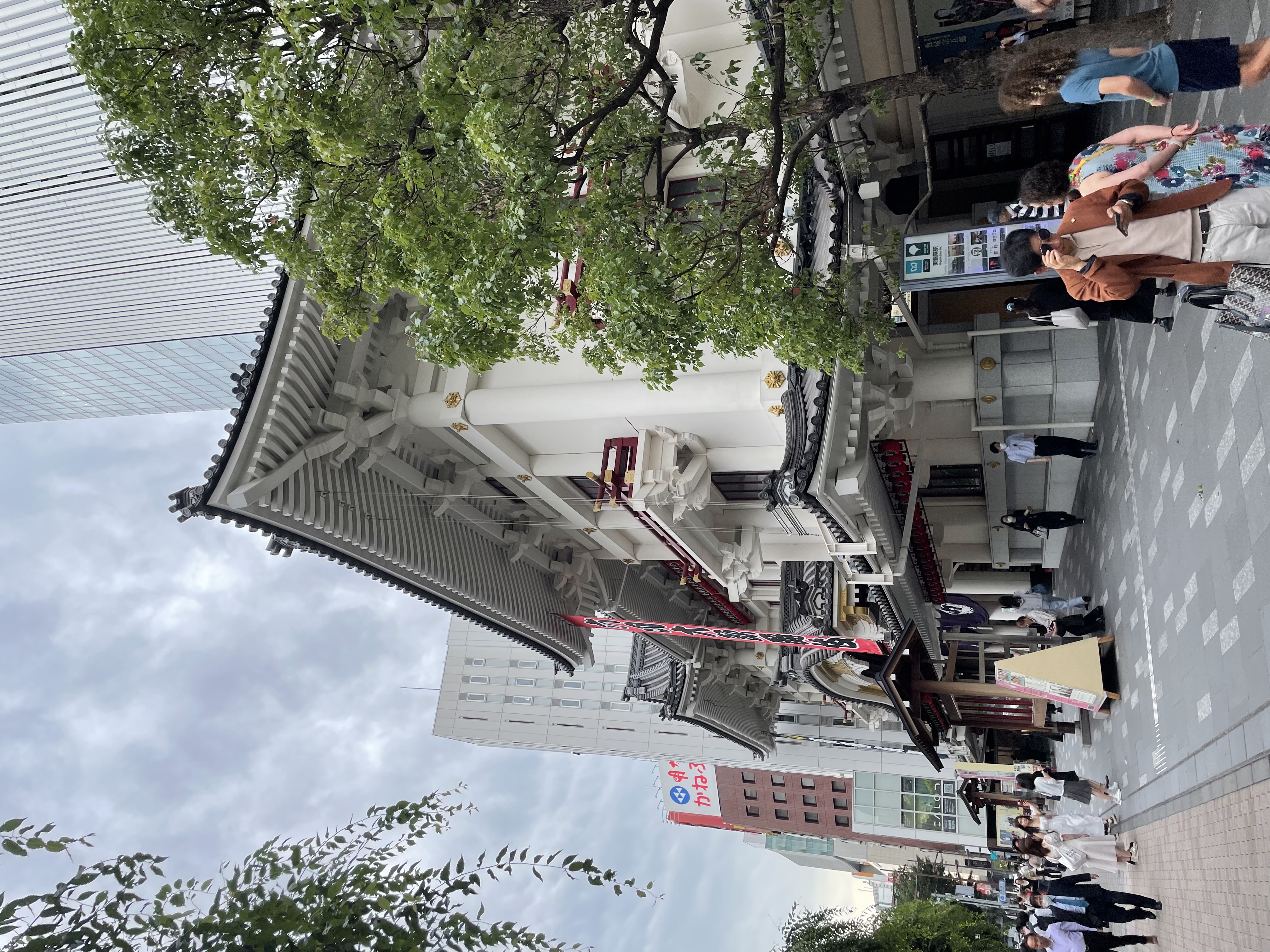
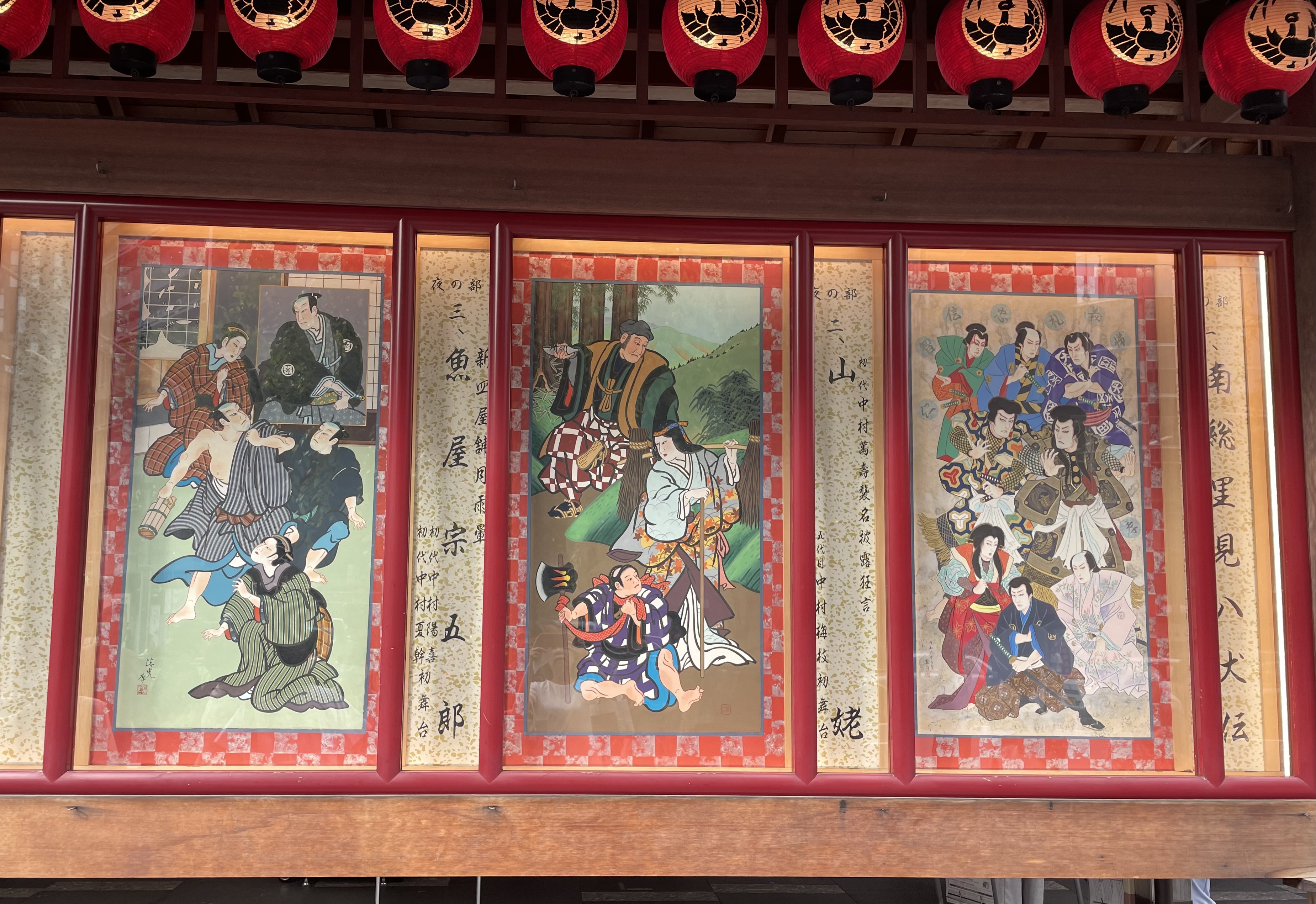
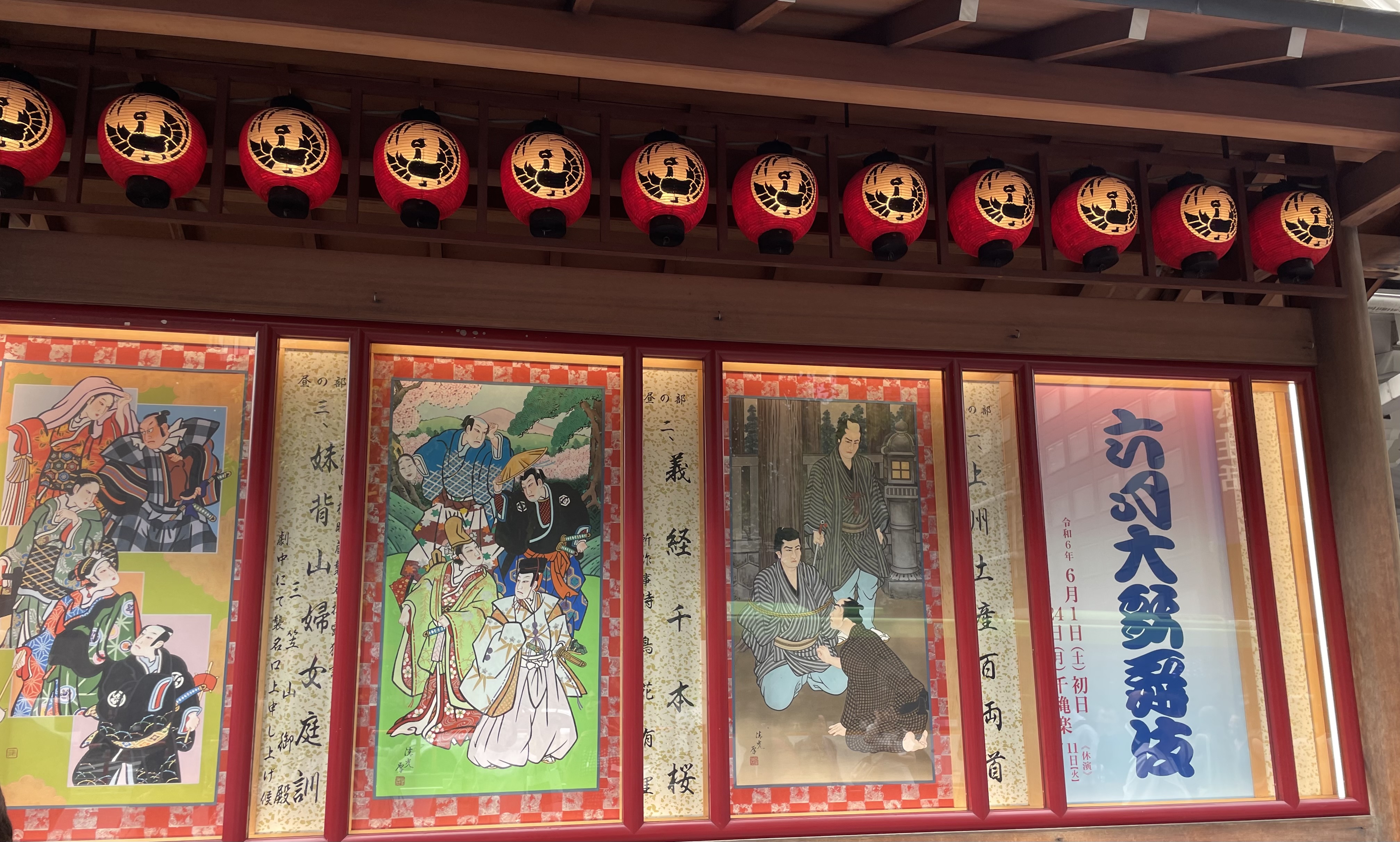
Things to know and look for to make your kabuki experience more enjoyable
ALL MALE PERFORMERS – The Tokugawa Shogunate restricted women from acting in the Edo Period. Even now, only men perform. Several male kabuki actors specialize in playing female roles (onnagata).
SHOUTING OUT: Actors belong to ‘acting houses’ and the houses specialize in certain works and acting styles. During the performance you will often hear somebody from the audience calling out the “Yago” (acting house) names. This is a tradition kept to encourage the actors at specific points of the play.
MIE: Kabuki’s unique acting technique is the “mie”. Actors strike stop-motion “mie” poses with facial features expressing powerful emotions. The clapping of blocks accompanies the poses and adds drama.
KUROGO: When I first saw kabuki I was so intrigued by the “kurogo” (men in black) that I couldn’t take my eyes off them. I didn’t know they were to be treated as non-existent. They are stagehands assisting actors with props and costumes. They are essential when costume changes are done on stage. It’s truly unbelievable how efficiently they handle props and how quickly they can transform an actor.
BEAUTIFUL COSTUMES: The costumes are visually stunning and extravagant – some of them are dazzling pieces of “haute couture” hand-made by artisans using real gold and silver thread! The bright color combinations and designs of the costumes steal the show.
FIGHT SCENES: Choreographed fight scenes with swords are called “tachimawari”. It’s very exciting to watch the fighters’ acrobatic leaps and somersaults.
MAKEUP: One characteristic style of kabuki makeup is called “kumadori”. The color and way of painting the lines change according to the role – very unique and eye-catching.
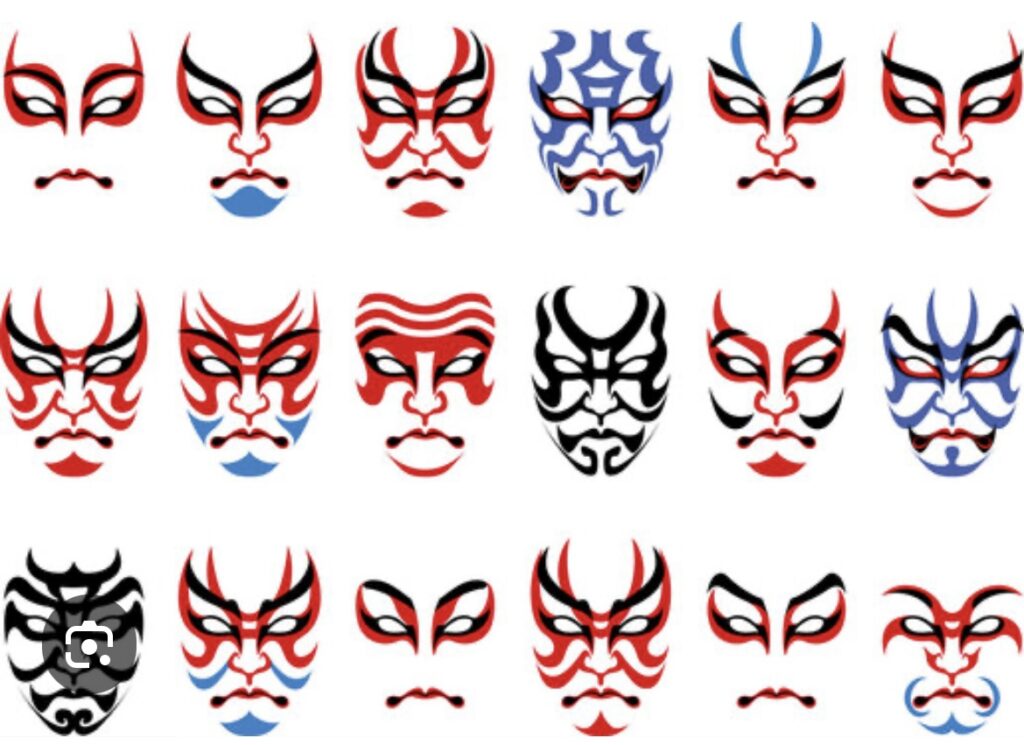
MUSIC: Instead of a western-style orchestra, the live music is provided by musicians playing traditional Japanese instruments: various Japanese drums, shamisen (stringed instrument) and shakuhachi (bamboo flute), etc., as well as by traditional-style singers.
STAGE SETS: The stage sets are quite elaborate with lifts and traps. Especially theatrical is the “hanamichi”, a passageway running through the auditorium, where actors make dramatic entrances (and exits) to the sounds of wooden clattering.
KIMONO-CLAD LADIES IN THE AUDIENCE: In Japan, most people don’t wear kimonos in daily life. They only wear them on special occasions like weddings and various celebrations. But at the kabuki performance, I saw a lot of ladies in traditional kimonos. Their presence adds to the very special feeling of a night out at kabuki.
The June 2024 performance
The June program was special because it featured the name succession of Nakamura Manju I and Nakamura Tokizō VI, as well as the debut performances of 8-year-old Nakamura Baishi V, 6-year-old Nakamura Haruki I and 4-year old Nakamura Natsuki I.
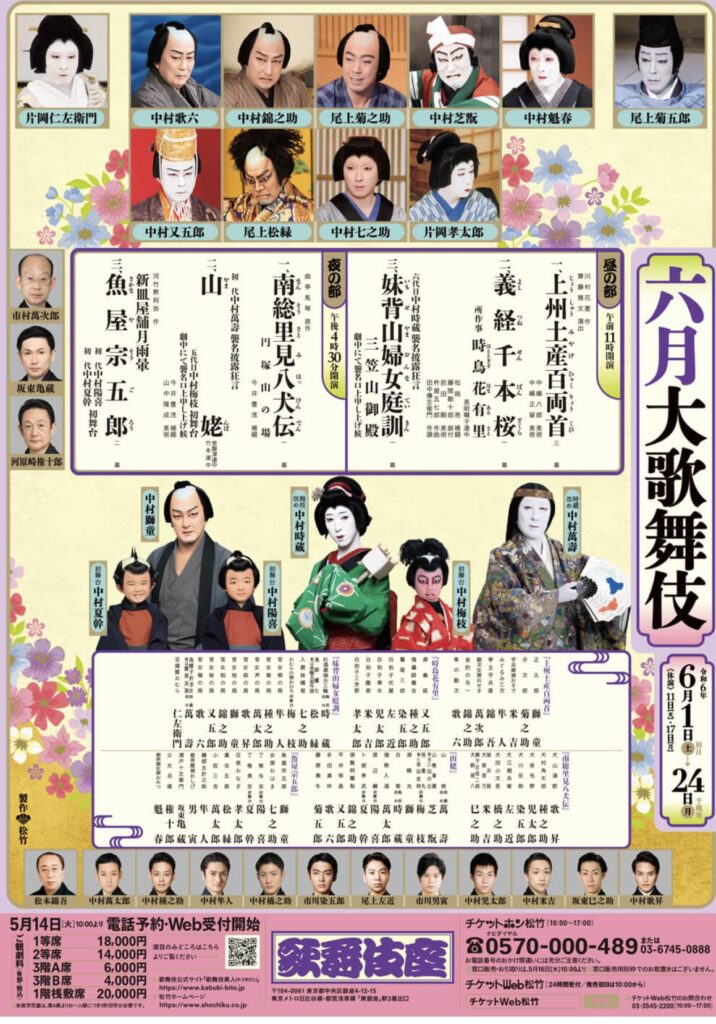
I went to the evening show. The three acts consisted of a history play featuring a fierce fight scene, a classical dance, and a warmhearted story of the ‘sewamono‘ (domestic play) genre. We got the ¥18,000 seats, fourth row center. Being so close to the stage I was able to see the actors’ makeup and costumes in detail – was fascinating!
The evening show ran from 4:30 pm to 8:10 pm with two intermissions of 20 minutes after the 1st act and 35 minutes after the second act. During the intermission, you can eat a takeout dinner at your seat, or run to a restaurant inside the theatre and grab a quick dinner reserved beforehand. We opted to have an obento (boxed lunch) in our seats.
History play – Nanso Satomi Hakkenden (The tale of Eight Warriors)
The actors performed one act “On Mount Maruzaka” from the story written by the 19th century novelist Kyokutei Bakin. Eight actors appear as the children of the Satomi clan with crystal beads engraved with the Chinese character of a Confucian virtue. Each of them have the Chinese character 犬 (dog) in their names. Not knowing they are related to each other other, they dance in the pitch dark night. The stylized “fights in the dark” are known as “danmari”.
Classical dance – Yamanba (Mountain Witch)
There are many dances based on this play of a woman with a spiritual power living in the mountains. During the performance, a special announcement was made by the performers Nakamura Manju I and Nakamura Tokizo VI to commemorate their name succession, as well as the stage debut of Nakamura Baishi V. The three are related – grandfather, son, and 8-year-old grandson. In this way, Kabuki actors continue through generations.
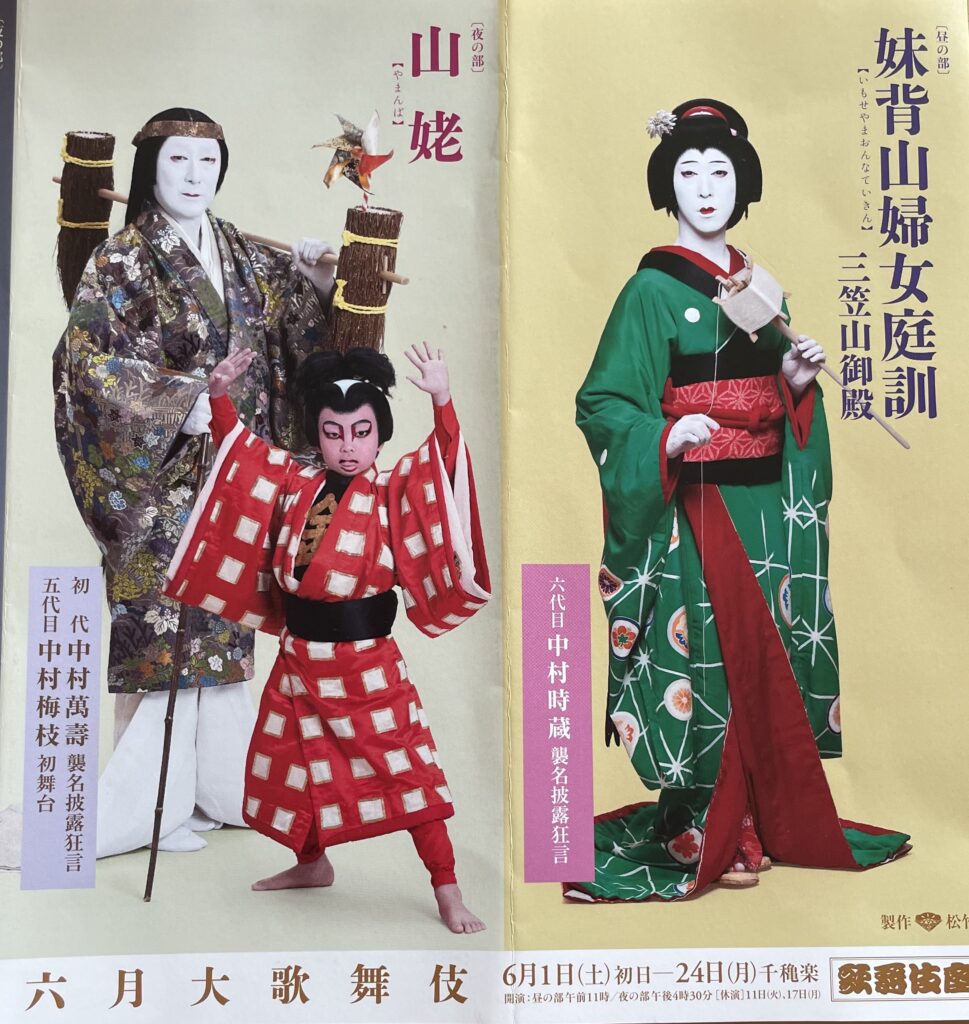
Sewamono (domestic play) – Sakanaya Sogoro
This tale, written by the playwright Kanatake Mokuami (1816-1893) depicts the pride and frustration of the working class against the privileges enjoyed by the dominant samurai class. It is a classic “sewamono“ (domestic play) portraying the lives of ordinary people in the Edo period.
I was dozing to the lullaby sound of the shamisen when I was suddenly awoken by the wood clattering and the appearance of two small boys appearing on the hanamichi. Nakamura Haruki I (6 years old) and Nakamura Natsuki I (3 years old) were marking their stage debut and they were so cute trying so hard to recite their lines. They totally upstaged their father, Nakamura Shido who was appearing in the play with them. They were absolute scene stealers!
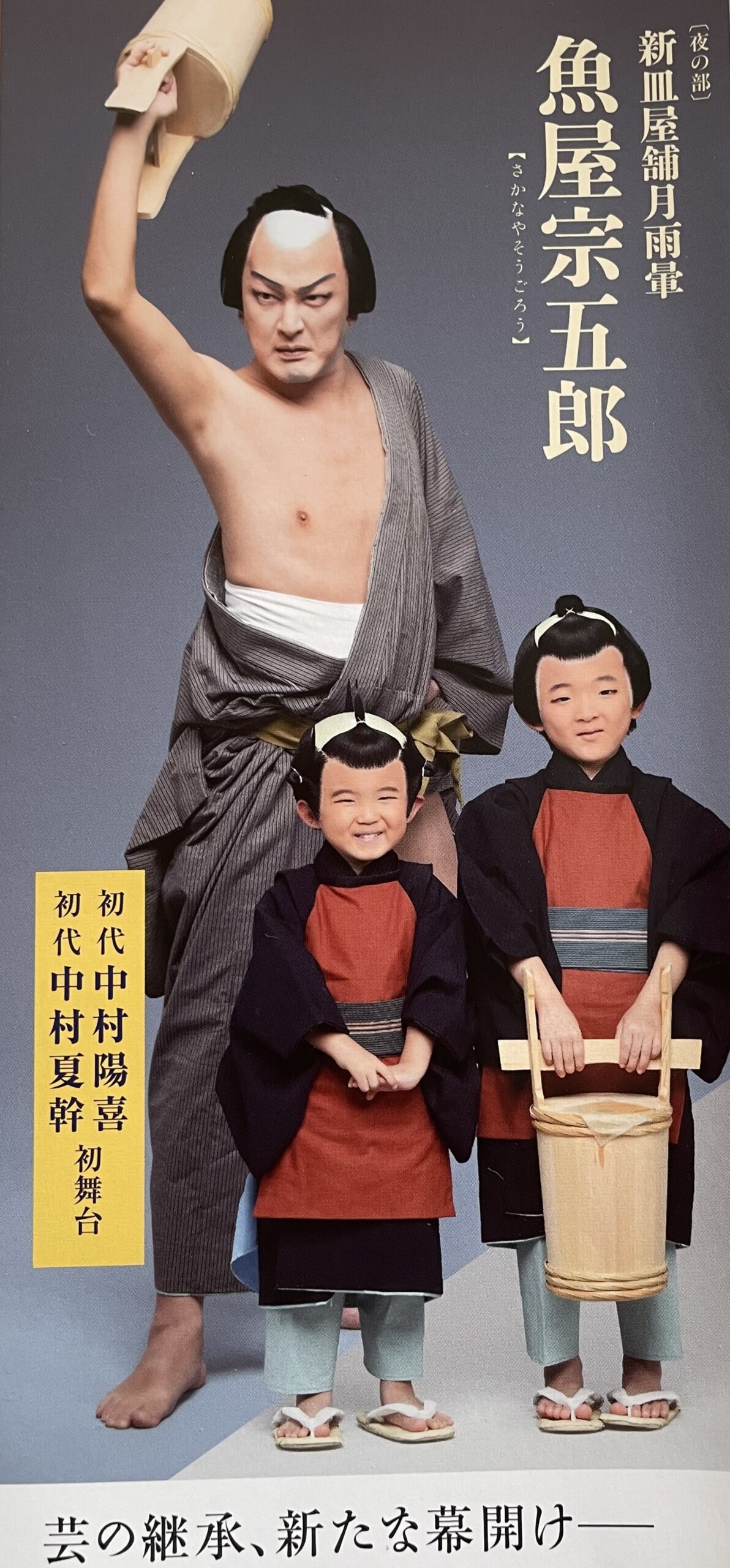
Tickets
Tickets can be bought online. They usually go on sale a month before the scheduled performance month. The times of the matinees and evening performances depend on the month.
First Class Seat: ¥18,000
Second Class Seat: ¥14,000
Upper Tier A: ¥6,000
Upper Tier B: ¥4,000
*Box Seat: ¥20,000 (Not available online.)
*Children over the age of 4 must purchase tickets to enter.
*Simplified English audio guide available for ¥1000 (cash only)
Single Act Tickets (ranging from around ¥800 to ¥1600 or more depending on the length of the acts) are available online, from the day before the performance date at 12:00PM (noon). You can also check directly at the Kabukiza theatre box office.
The single act seats are on the 4F so it might be hard to get a good view but you can take in the atmosphere.
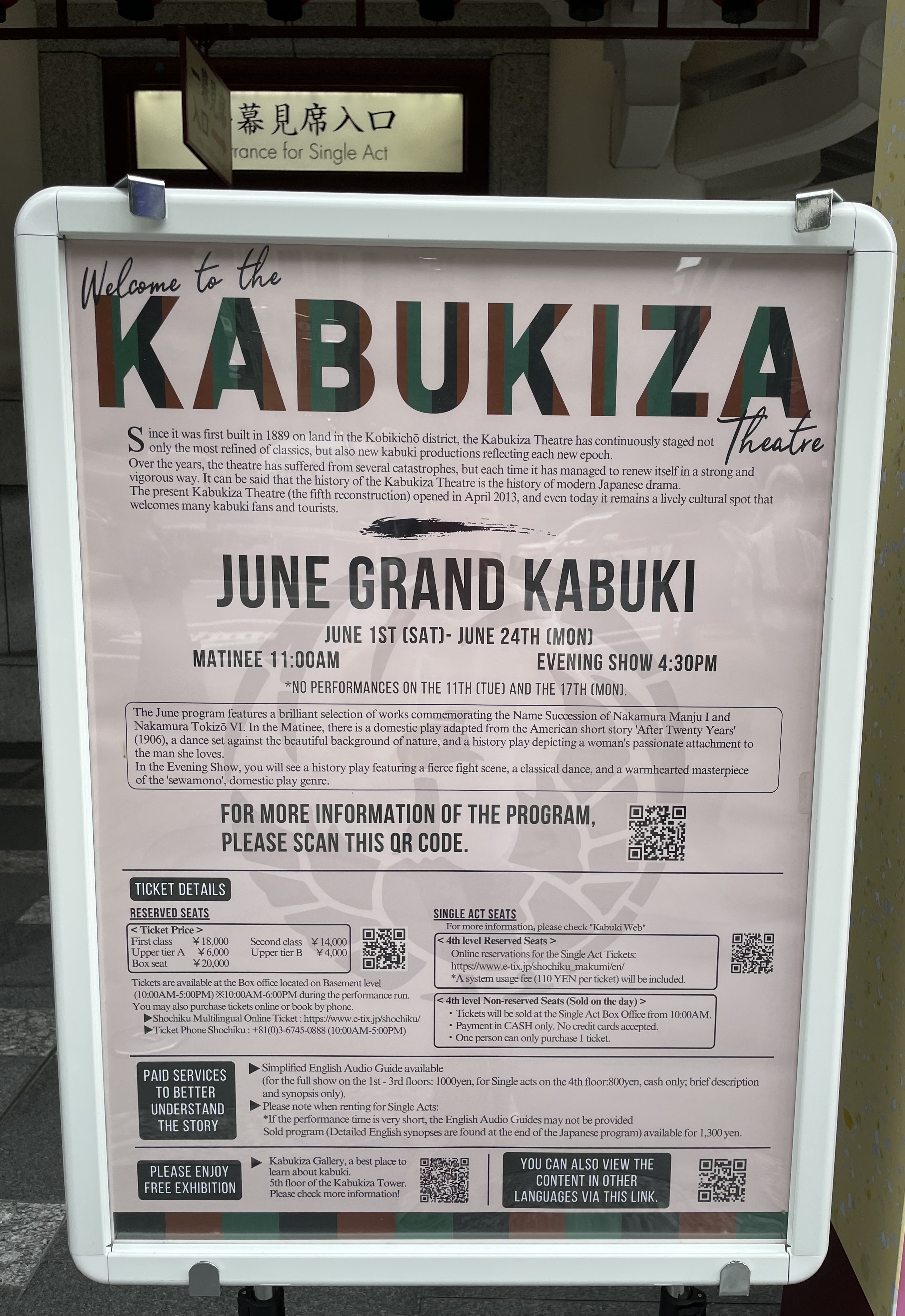
* Note: You can also see Kabuki in Kyoto at the Minamiza Theater (a couple of runs per year) in the Gion district and at the Shochikuza Theater in Osaka.
Access
Kabukiza Theatre
Address: Ginza 4-12-15, Chuo-ku, Tokyo, Japan
Phone +81 (0)3-3545-6800 (10:00AM-6:00PM)
By Subway:
Hibiya Line or Asakusa Line, “Higashi Ginza” Station. Exit 3- direct access to the theatre from the subway station.
By Subway:
Ginza Line, Marunouchi Line, Hibiya Line, “Ginza” Station. Exit A6 – 5 minute walk.
JR and SUBWAY: “Tokyo” Station. 10 minutes by taxi
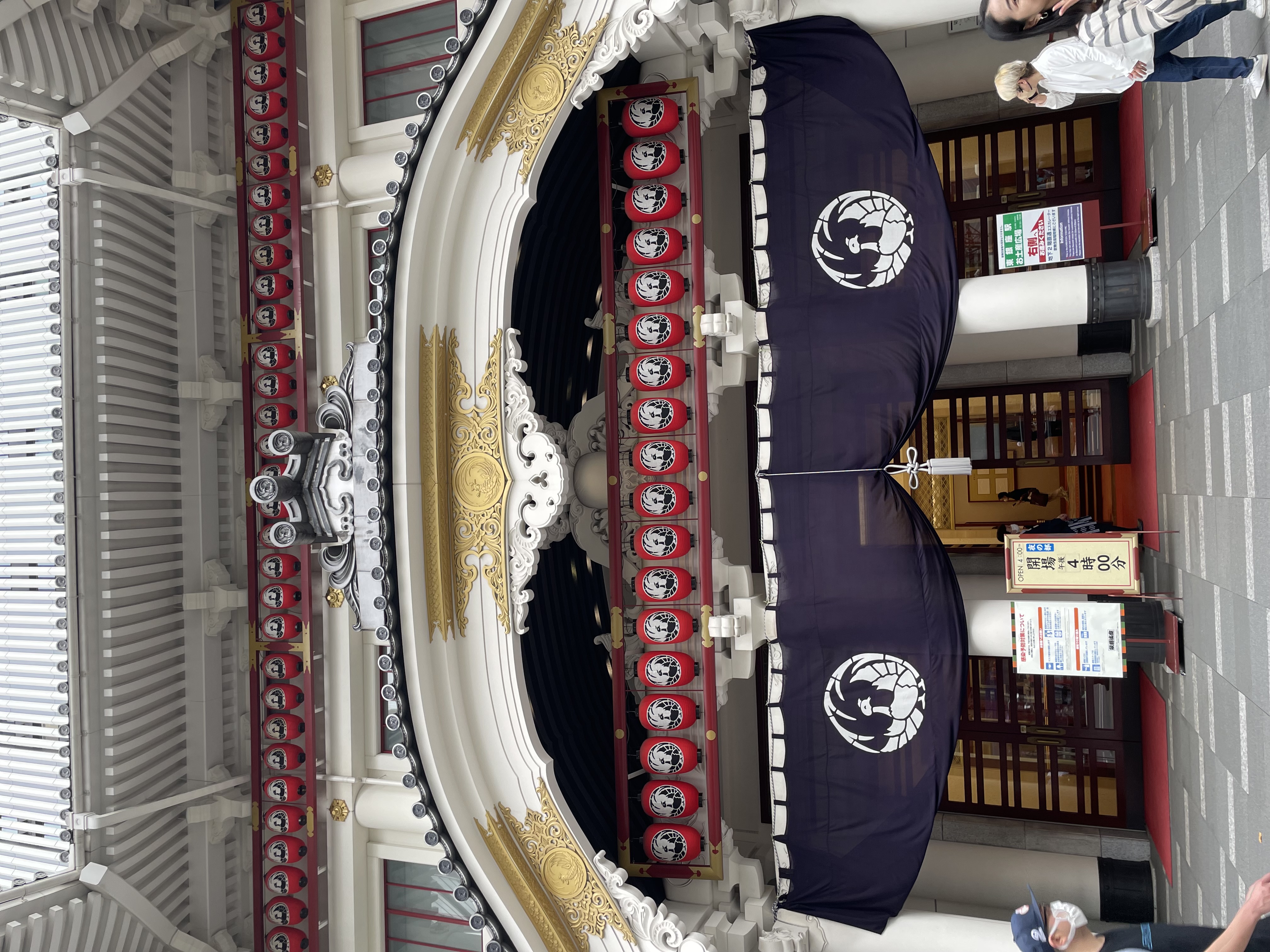

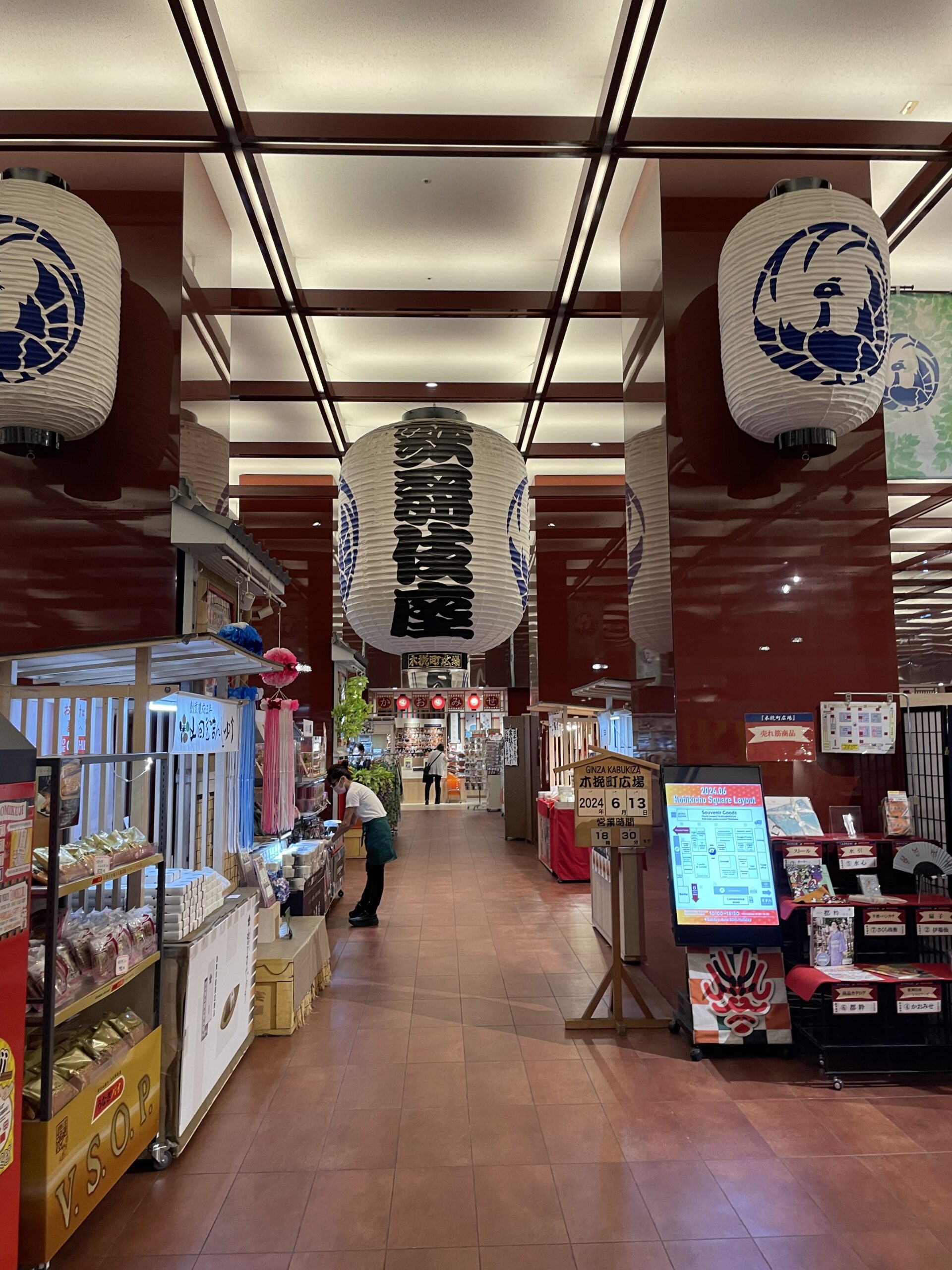
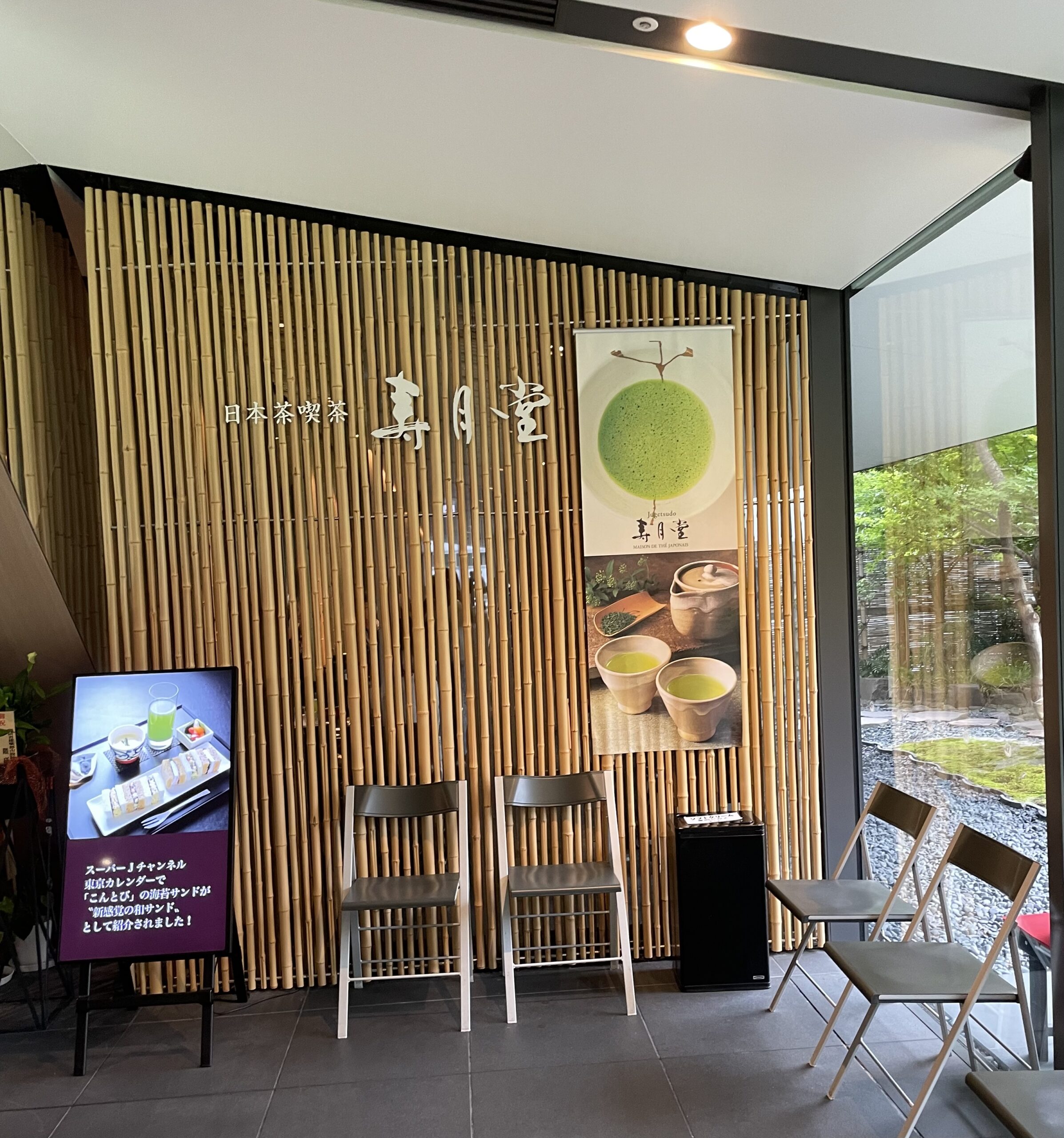

コメント